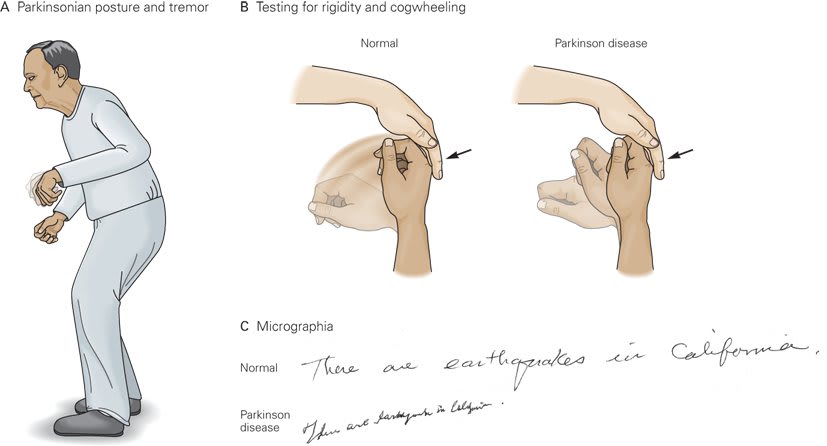About
Test for functional weakness
Hoover's sign - in this test, your affected leg may be weak when you try to push your foot down into the bed. However, when the doctor asks you to push up with your other leg the strength in your affected leg returns. Some patients with functional weakness use this sign as a form of physiotherapy to encourage normal movement in their affected leg (and to help demonstrate to themselves that the diagnosis is correct)
Hoover test
If the patient is making an honest effort, the examiner should feel the "normal" limb's heel extending (pushing down) against his or her hand as the patient tries to flex (raise) the "weak" leg's hip. Feeling this would indicate an organic cause of the paresis. If the examiner does not feel the "normal" leg's heel pushing down as the patient flexes the hip of the "weak" limb, then this suggests functional weakness (sometimes called "conversion disorder"), i.e. that effort is not being transmitted to either leg
Functional weakness
•A dragging kind of walk - Patients with functional leg weakness sometimes have a very characteristic way of walking which means that their affected leg "drags" along the ground. This is different to someone with a stroke or multiple sclerosis who swings their leg if they are able to stand up. • A difference between the examination of power on the bed and when walking - some people with functional weakness have relatively normal examination of strength in the legs on the bed but weak legs when walking. The reverse can also be true. This is not because they are not trying to walk, the variability is a key feature of the diagnosis.
Normal scans and tests help to make the diagnosis, but the diagnosis is usually made at the bedside on the basis of these positive signs by a neurologist when they first meet you
Gallery
Testimonials
Send a Message
An email will be sent to the owner
Opening Hours
Monday
All day
Tuesday
All day
Wednesday
All day
Thursday
All day
Friday
All day
Saturday
All day
Sunday
All day
